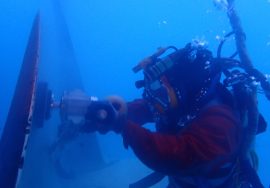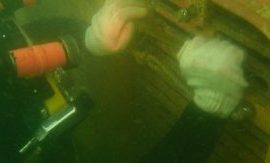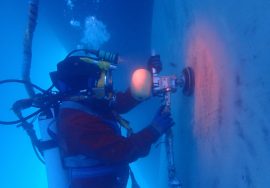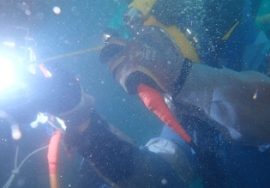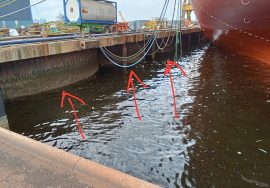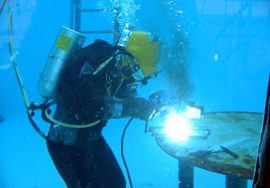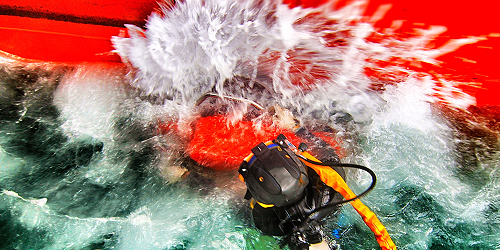
Underwater UTM / UTG: A Dive into Precision and Maintenance
When it’s about keeping ships strong, especially those that brave the tough, taking care of the hull is super important. That’s Underwater UTM (Underwater Hull Gauging) & UTG (Underwater Maintenance) come in. Underwater UTM / UTG cool processes help check up on the hull’s condition. It makes sure that the ship is safe and ready to sail.
What exactly is Underwater UTM? Underwater Hull Gauging (UTM) measures how thick a ship’s hull is. Over time, many things like salty water, little sea creatures, and bumps can wear it down. UTM gives a clear picture of how much hull material is left. This info tells us if we need repairs or maybe even a replacement.
How does this work? Well, special ultrasonic testing tools are used. Divers or ROVs (remotely operated vehicles) with ultrasonic gauges go to certain spots on the hull. They send sound waves through the hull, and these waves bounce back, helping to check its thickness. This method doesn’t harm the hull at all and gives detailed info without needing to lift the ship out of water a process that can be expensive & take a lot of time.
Why is Underwater UTM so Important?
- Safety First: Doing regular UTM checks is crucial for making sure the hull is strong enough to handle the rough seas. A weak hull might break, which could be dangerous for everyone on board, plus the cargo & environment.
- Following Rules: Different maritime groups need regular hull thickness checks to keep ships safe according to safety rules. The reports from UTM are often needed during inspections & audits.
- Save Money on Repairs: UTM finds spots on the hull that might be getting thin or rusty. This means repairs can be done in specific areas instead of overhauling everything, saving money & reducing downtime.
- Longer Life for Ships: Keeping an eye on how thick the hull is can make ships last longer. By fixing small issues early on, operators can avoid big damages that lead to costly repairs or worse, having to retire the vessel.
What about Underwater UTG? While UTM measures thickness, Underwater Maintenance (UTG) involves more than just gauging. It includes taking care of the hull through cleaning, fixing damage, and protecting it from future problems.
Some important parts of UTG include:
- Cleaning the Hull: Things like barnacles and algae can stick to the hull, making it harder for ships to move & using more fuel. Regular cleaning helps keep everything running smoothly.
- Cathodic Protection: This technique helps stop rust by using sacrificial anodes attached to the hull. These anodes corrode instead of the hull helping it last longer.
- Fixing Structure: If UTM finds weak spots or damage, underwater welding & patching can help fix it without needing dry docking saving precious time and costs.
- Coating Upkeep: Anti-corrosion coatings protect upset harsh waters, but over time they get worn out or damaged. Touch-ups or reapplying them helps keep them effective.
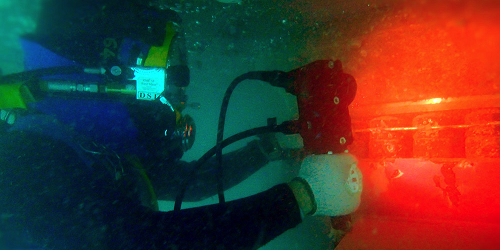
The Future of UTM & UTGWith new technology coming along, ways to do UTM & UTG get better every day! Drones and smart ROVs are being used more often for checks that are safer & quicker than before! These innovations will help change how things are done in this field and that’s exciting.
In summary, Underwater UTM / UTG are super important for keeping our marine vessels healthy and long lasting. With careful measurement & thorough maintenance, these methods help ensure ships stay seaworthy while also being budget-friendly to operate. As maritime activities grow and change, technologies for UTM & UTG will get even better leading us toward a safer future at sea.

